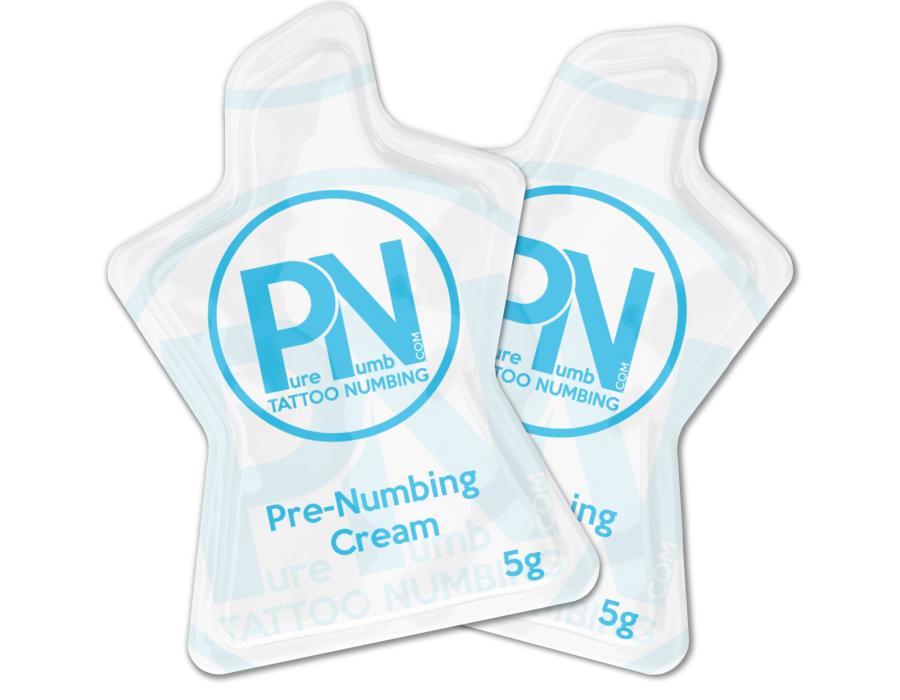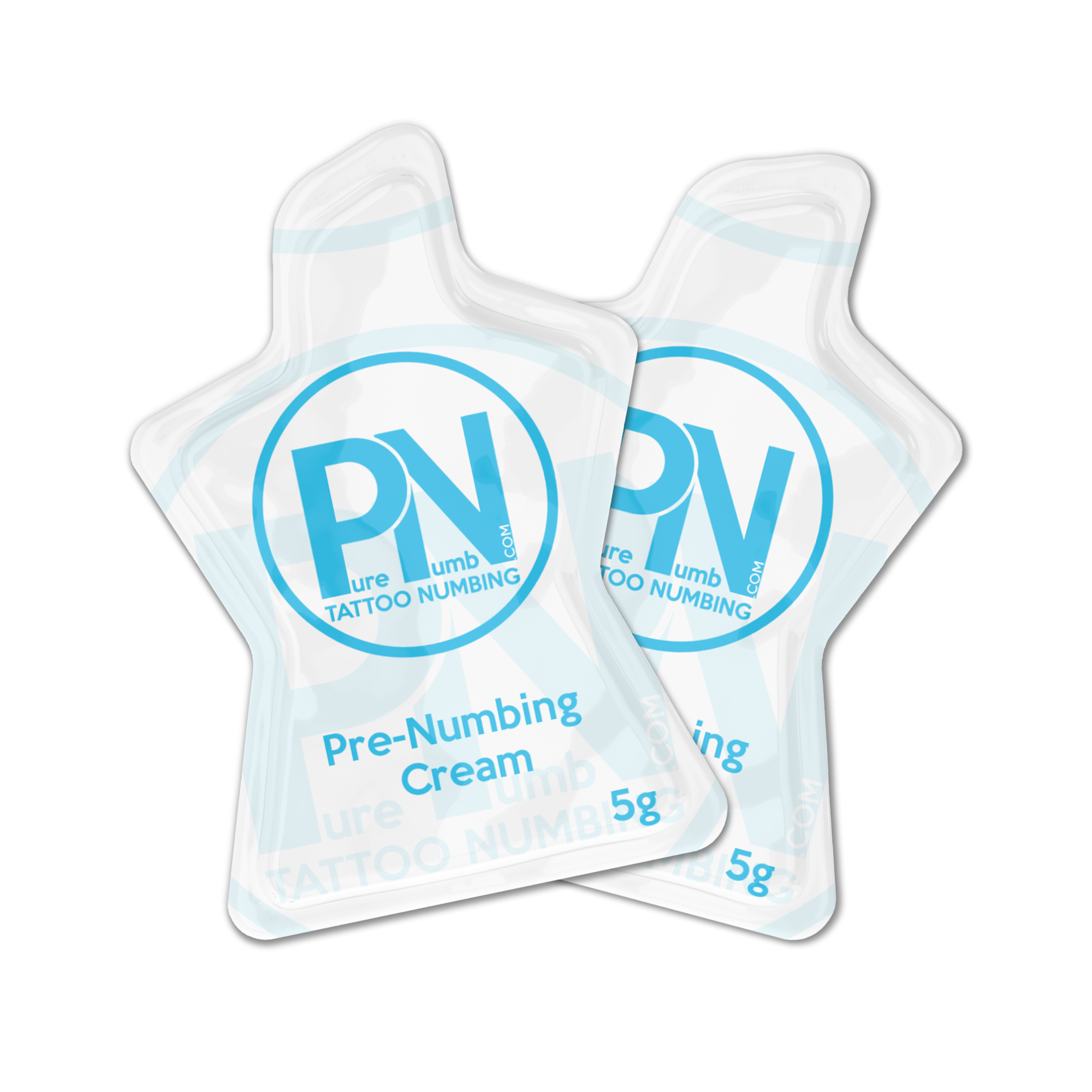Understanding Tattoo Numbing
Tattoo numbing products are designed to minimize pain during the tattooing process. They work by temporarily desensitizing the skin, allowing the tattoo artist to work without causing significant discomfort to the client. There are three main types of tattoo numbing agents:
Numbing Creams: These are the most common and widely used numbing agents. They are applied to the skin before the tattoo session and take about 30 to 60 minutes to take effect. Popular ingredients in numbing creams include lidocaine, benzocaine, and tetracaine.
Numbing Gels: Similar to creams, numbing gels are applied topically but often have a faster onset time. They are absorbed quickly and can be used for both pre-tattoo and during-tattoo numbing.
Numbing Sprays: These are typically used during the tattoo process, especially for longer sessions. Numbing sprays can provide quick relief and are often applied to areas that are becoming particularly painful as the session progresses.
How to Apply Tattoo Numbing Products
Proper application of tattoo numbing products is crucial to ensure effectiveness. Here’s a step-by-step guide:
Clean the Area: Wash the area to be tattooed with soap and water to remove any dirt or oils. Pat dry with a clean towel.
Apply the Numbing Agent: Depending on the product, apply a generous layer of numbing cream or gel to the area. For sprays, follow the instructions provided on the packaging.
Cover with Plastic Wrap: To enhance the effectiveness of the numbing agent, cover the area with plastic wrap. This helps to trap the heat and allow deeper penetration of the numbing ingredients.
Wait: Allow the numbing agent to take effect. This usually takes between 30 to 60 minutes. The specific time will depend on the product and the area of the body being tattooed.
Remove the Wrap: Just before the tattoo session begins, remove the plastic wrap and wipe off any excess numbing agent. The skin should feel significantly less sensitive.
Benefits of Tattoo Numbing
Reduced Pain: The primary benefit of tattoo numbing products is the significant reduction in pain, making the tattooing process more bearable.
Longer Sessions: With reduced pain, clients can endure longer tattoo sessions, allowing more intricate and larger designs to be completed in one sitting.
Improved Experience: A more comfortable tattoo session can lead to a more positive overall experience, reducing anxiety and allowing the client to focus on the artistic process.
Potential Drawbacks
While tattoo numbing products offer many benefits, there are also potential drawbacks to consider:
Allergic Reactions: Some individuals may experience allergic reactions to the ingredients in numbing products. It's important to do a patch test before full application.
Effectiveness Variability: The effectiveness of numbing agents can vary based on skin type, location of the tattoo, and individual pain tolerance.
Interference with Tattooing: In some cases, Tattoo wash the numbing product may cause the skin to become too slippery or affect the tattoo ink's absorption. Professional tattoo artists usually know how to manage this, but it's something to be aware of.






Comments